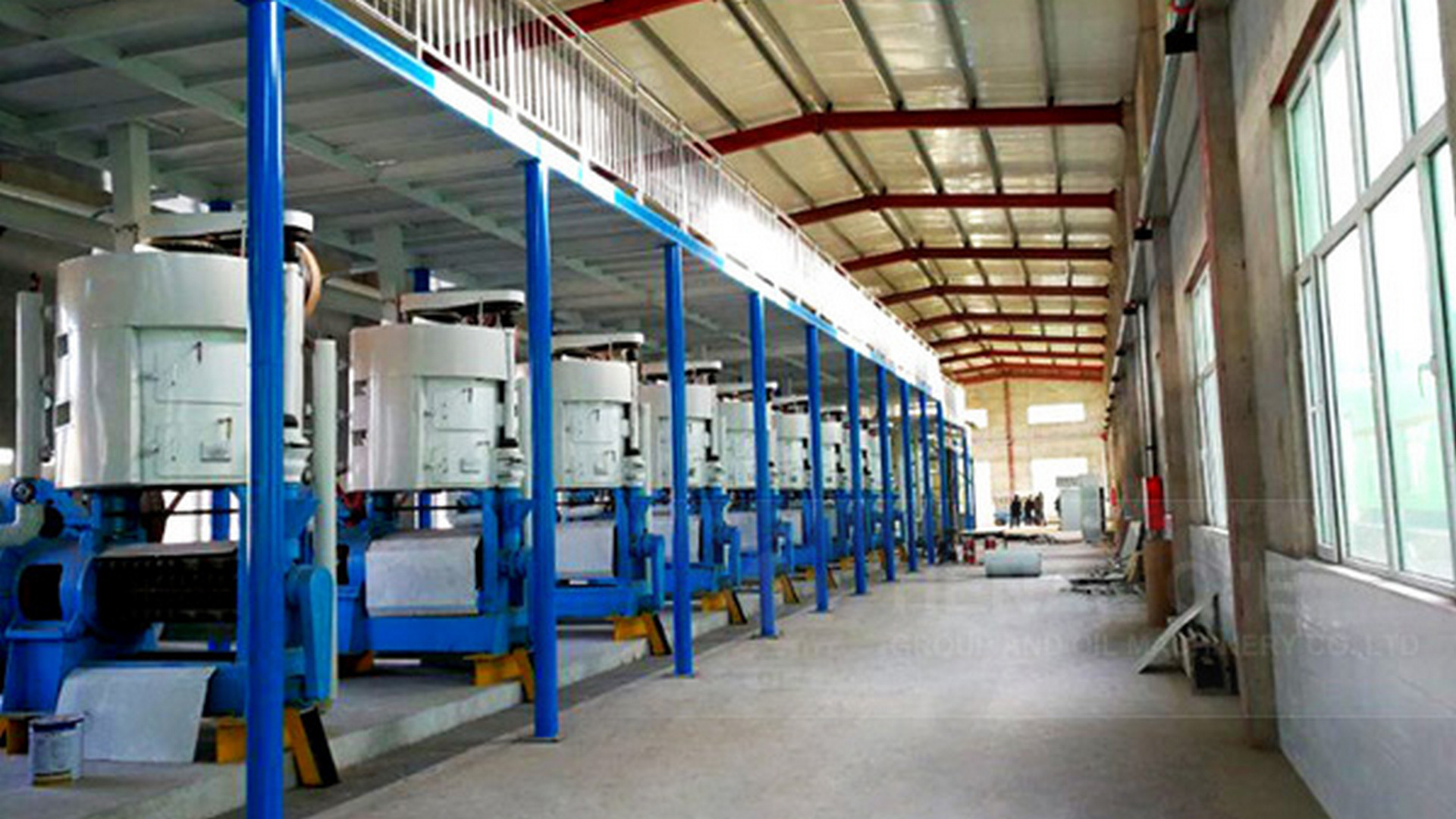Market Trends and Future Prospects of Sesame Oil Production Line
2024-11-01
Qi'e Grain and Oil Machinery Co., Ltd.
Expertise
Explore the latest market trends and future prospects of the sesame oil production line. Understand the growth dynamics, consumer preferences, and innovative techniques shaping the industry, offering valuable insights for stakeholders.
Introduction
As the global demand for healthy and natural food products continues to rise, sesame oil is gaining significant traction in the food industry. This article delves into the latest market trends and future prospects of the sesame Oil Production Line, addressing the challenges and innovative solutions that industry stakeholders face.
Market Trends
The sesame oil market has been experiencing robust growth, driven by increasing health consciousness among consumers. The following points highlight the current trends:
- Health Benefits: Sesame oil is rich in antioxidants and healthy fats, making it a preferred choice among health-conscious consumers.
- Rising Demand for Natural Products: The shift towards natural and organic food products is significantly influencing the sesame oil market.
- Diverse Applications: Sesame oil is being increasingly used in various culinary applications, cosmetics, and pharmaceuticals, broadening its market reach.
Future Prospects
Looking ahead, the Sesame oil production line is expected to evolve with technological advancements and changing consumer preferences:
- Innovative Production Techniques: Adoption of advanced extraction and refining technologies is expected to enhance efficiency and product quality.
- Market Expansion: Emerging markets in Asia and Africa present lucrative opportunities for sesame oil production and consumption.
- Sustainability Practices: Emphasis on sustainable farming and production methods will likely become a key differentiator for brands.
Challenges
Despite the favorable market conditions, several challenges could impact the growth of the sesame oil production line:
- Price Volatility: Fluctuations in sesame seed prices can affect production costs and profitability.
- Quality Control: Maintaining consistent quality across production batches remains a challenge for many manufacturers.
- Regulatory Compliance: Adhering to strict food safety and quality regulations can pose logistical challenges.
Conclusion
The sesame oil production line presents a wealth of opportunities as well as challenges. Stakeholders must stay abreast of market trends, consumer preferences, and technological advancements to leverage the potential in this burgeoning industry. An informed and strategic approach will be essential in navigating the future landscape of sesame oil production.





